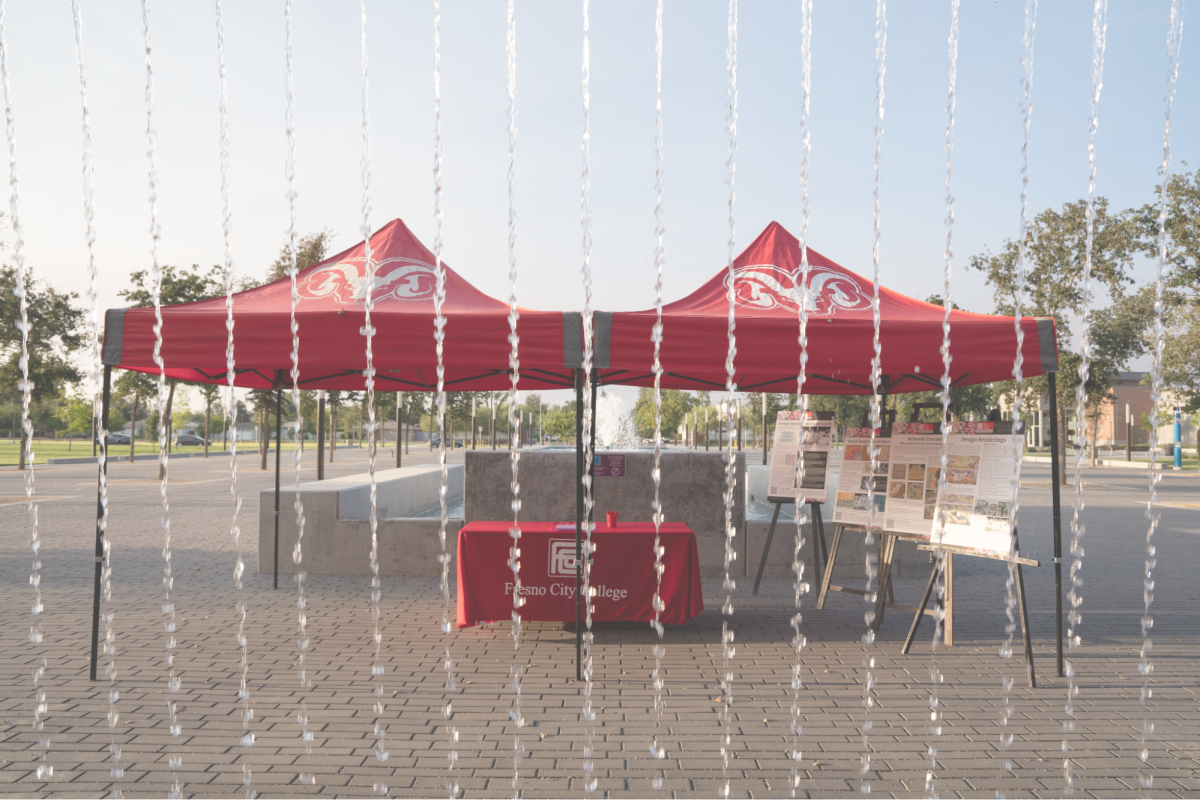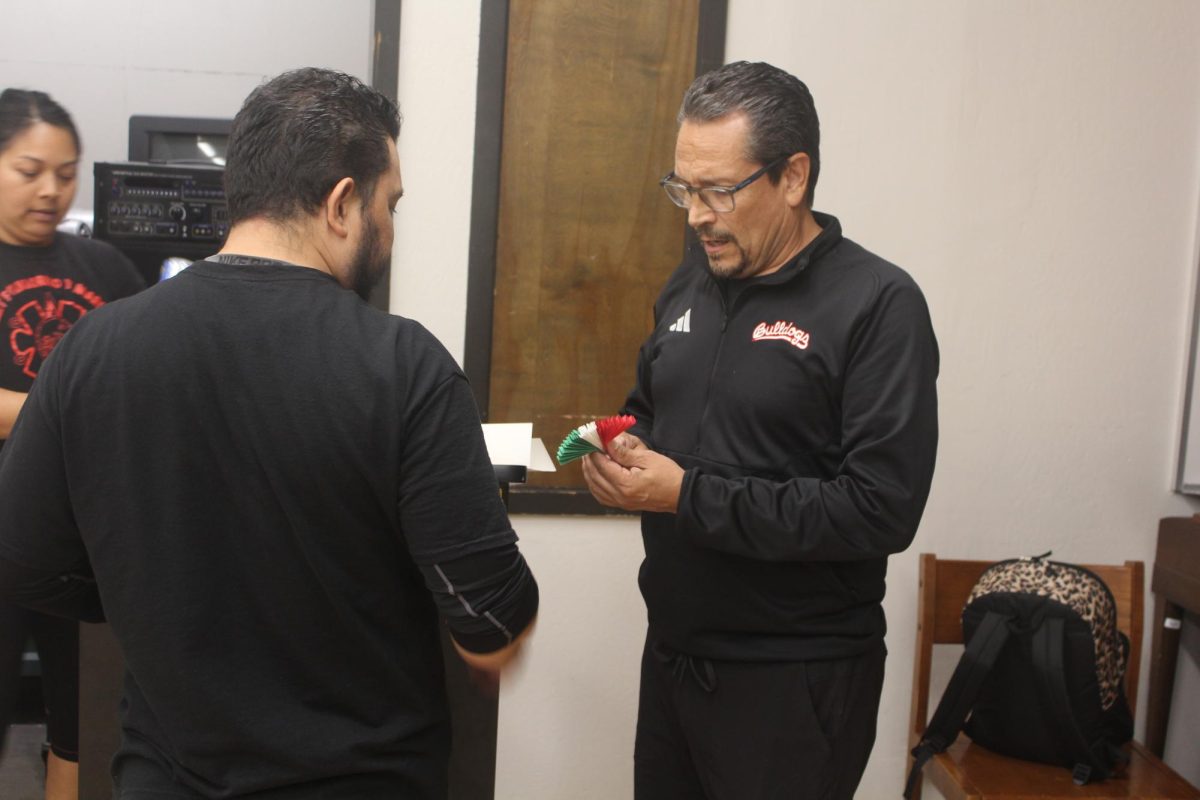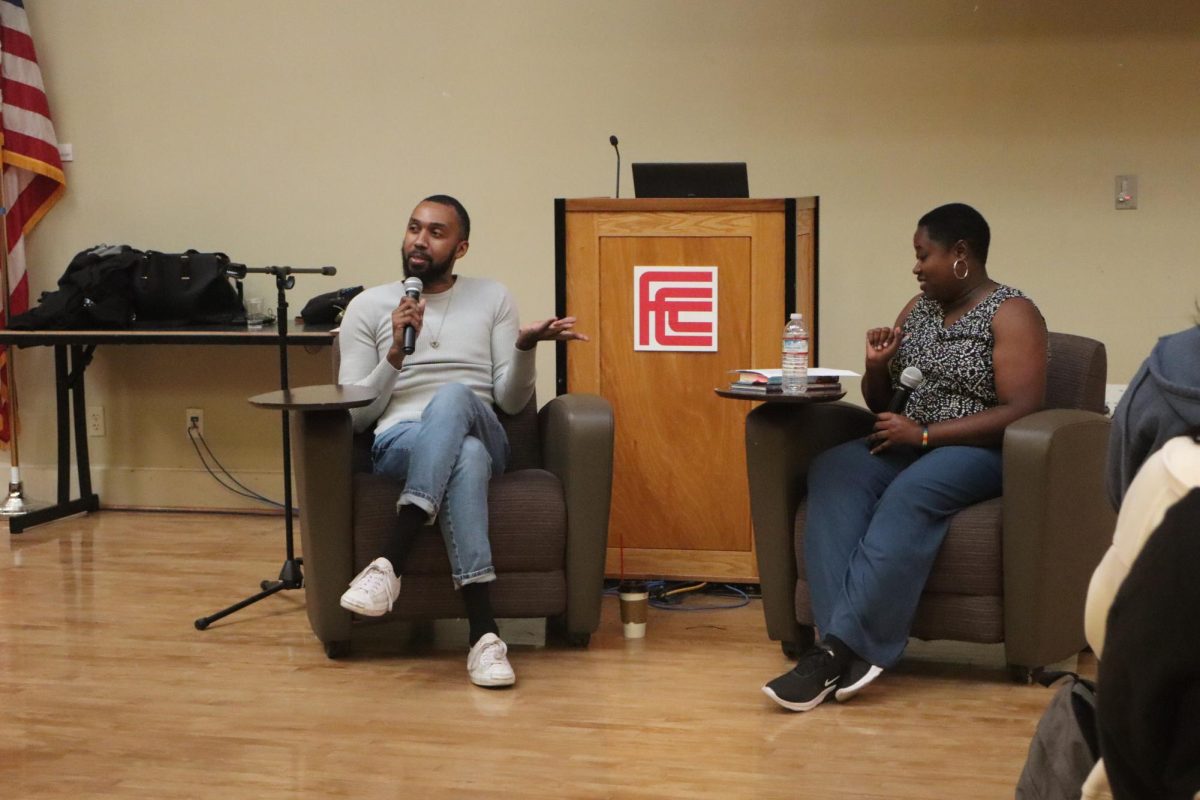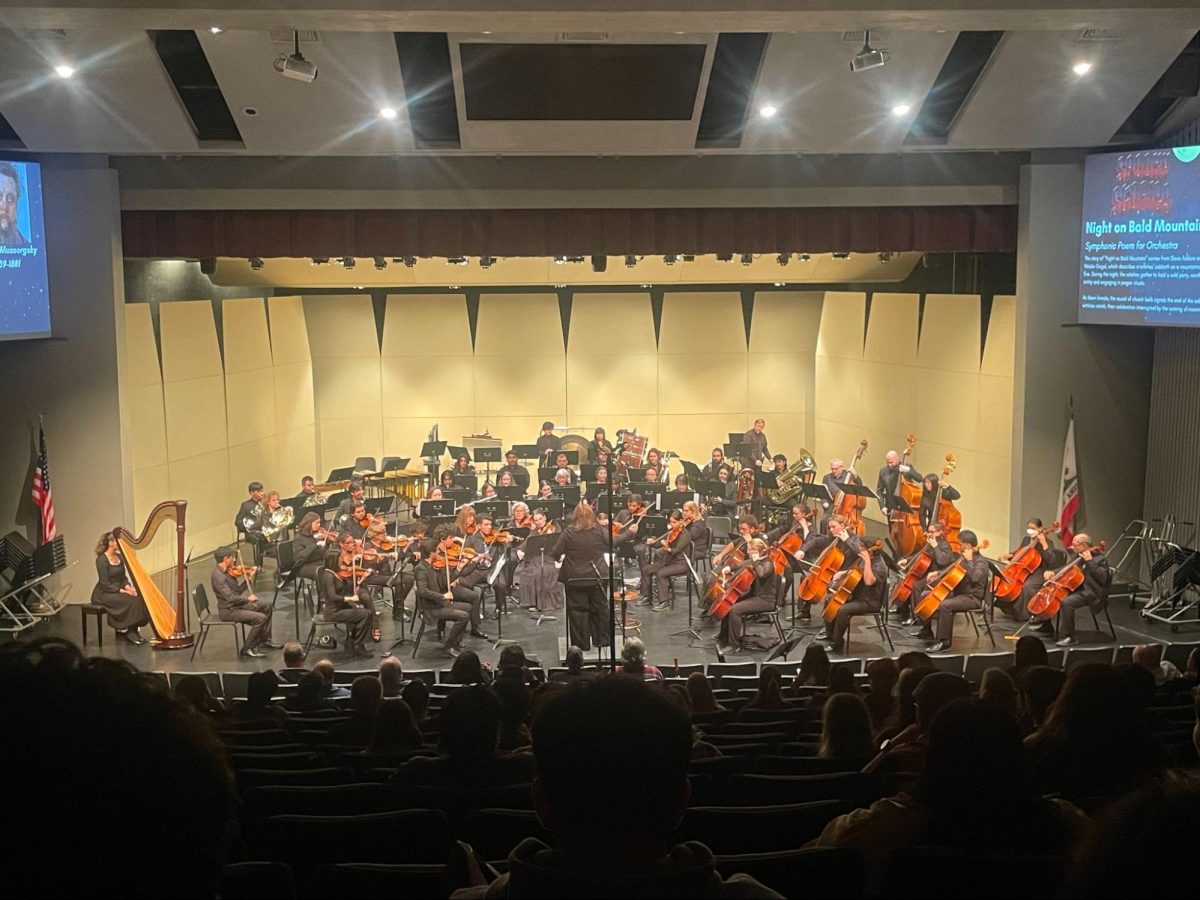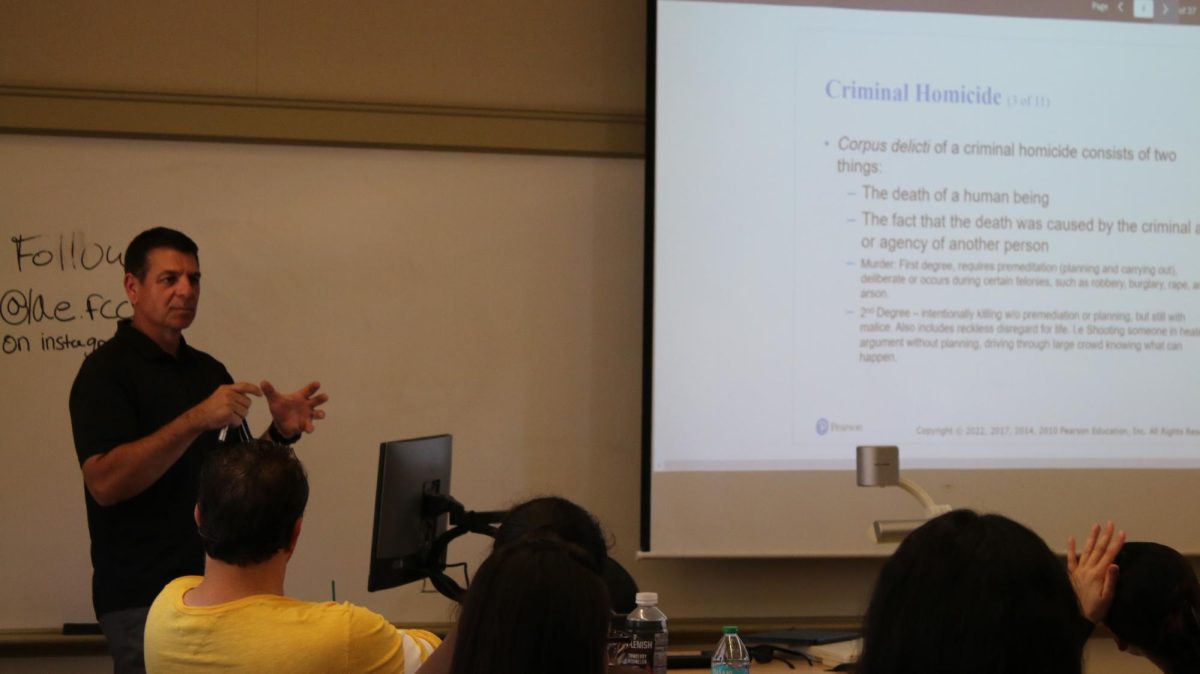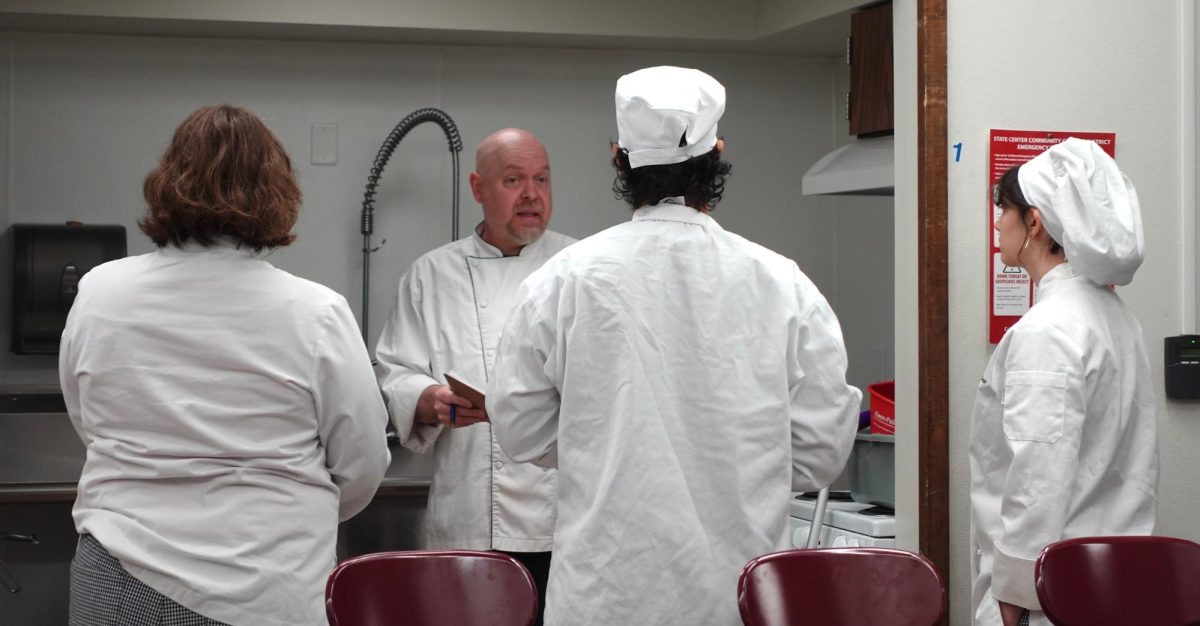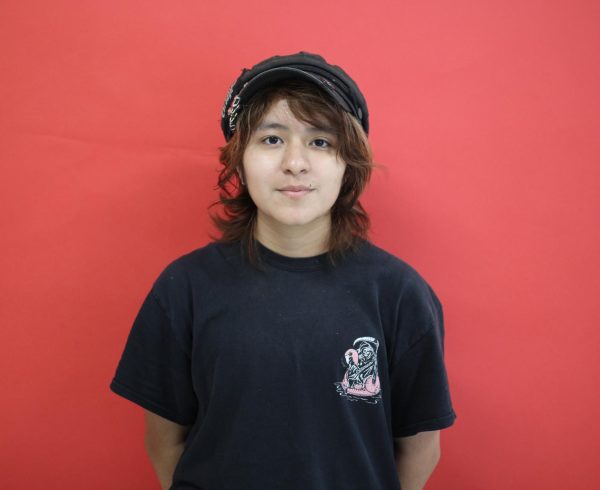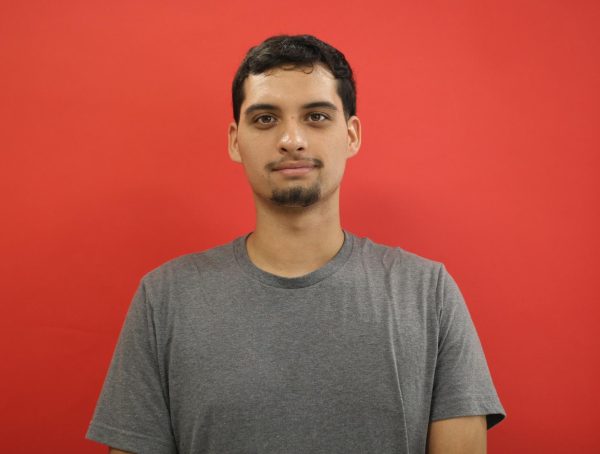The West Fresno Center campus introduced a new ceramic tile sculpture to its water feature area on Sept. 3. Built by Fresno City College faculty artists and student workers, the mural will honor West Fresno history while adding a splash of color onto the new campus.
The project team involved with the mural hosted three events leading up to the artwork’s official presentation, allowing the public to provide feedback on the design before final decisions were made.
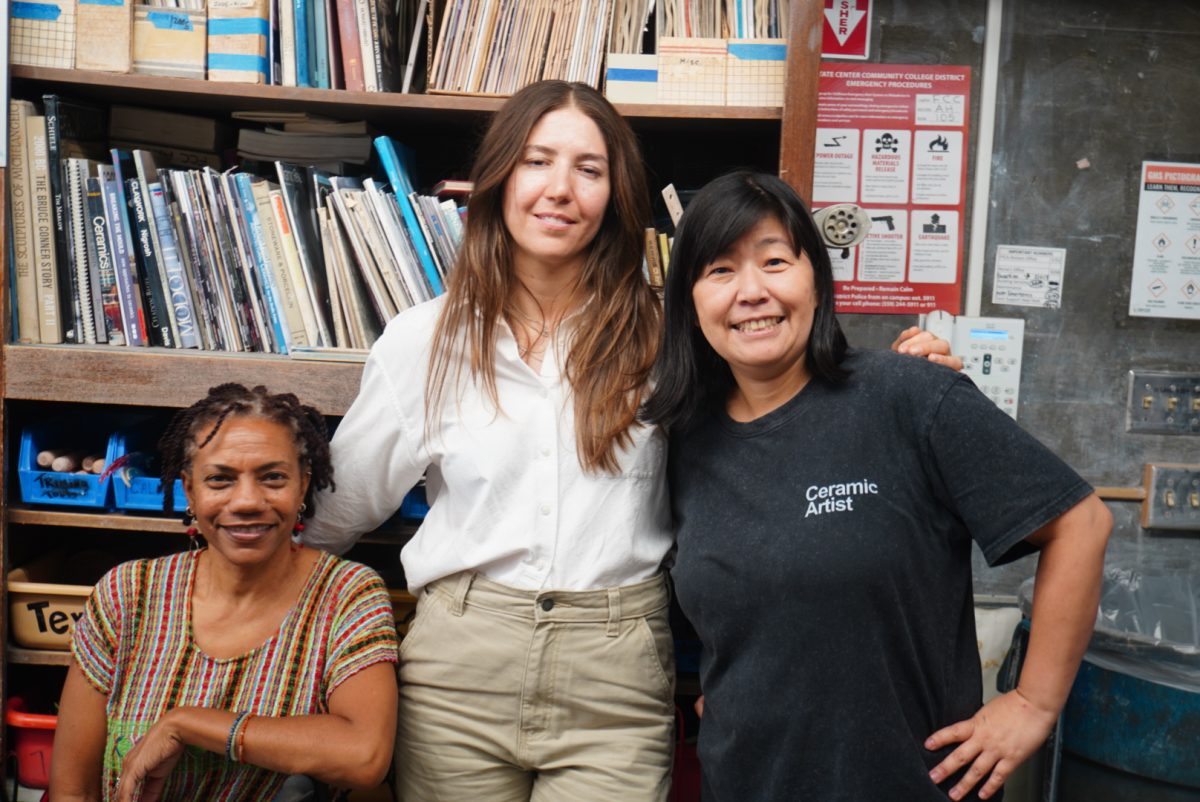
The finished artwork is set to stand where all eyes on and off campus can see it.
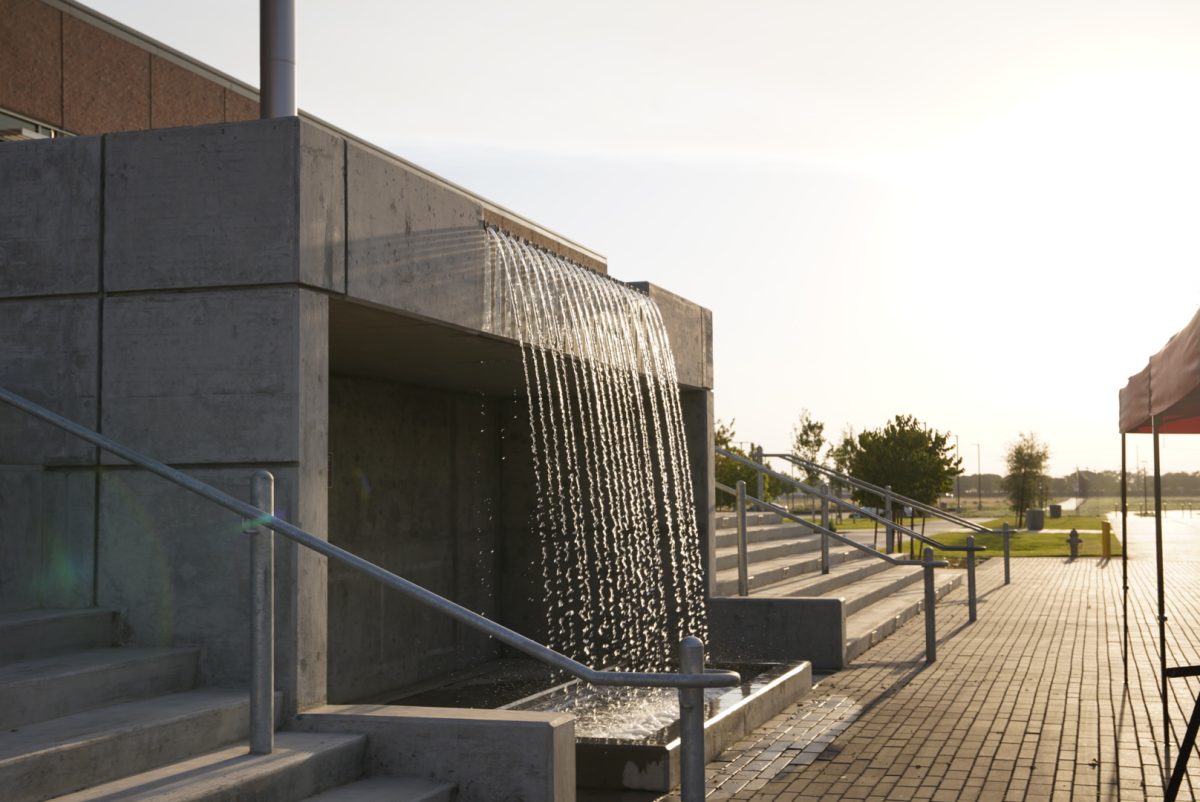
It’s vibrant clay tiles will take the form of a quilt, drawing inspiration from distinct cultures in West Fresno. The referenced textile and craft traditions include Yokut basket weaving, embroidery, Hmong paj ntaub, quilting, Mexican papel picado and Chinese blue and white pottery.
The project also highlighted Fresno’s historical issues with redlining which has had profound consequences to the West Fresno area.
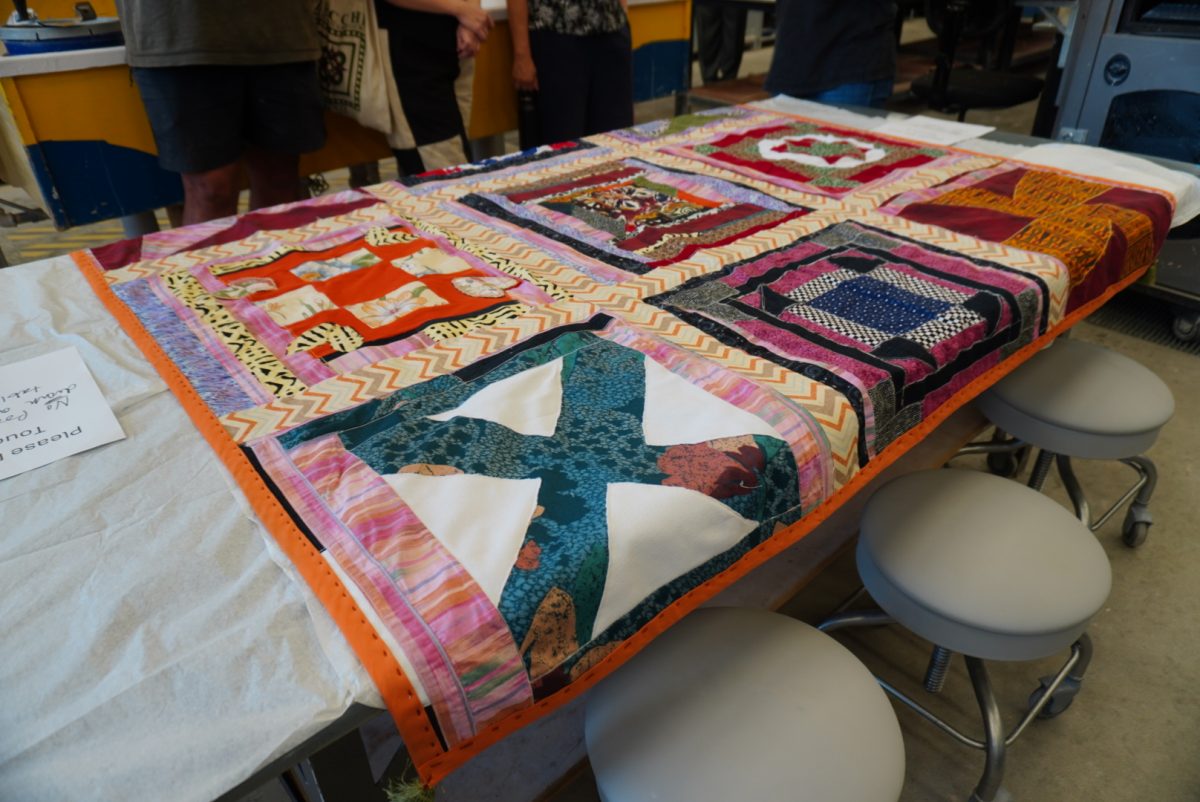
The center of the piece will include a sculptural relief, a visual artform that gives the impression of sculpted pieces being raised from a solid background of the same material.
The relief will be based on a photograph of women from the Second Baptist Church Missionary Society. The image depicts members of the church holding a handmade quilt and dates back to 1910 according to the Fresno Historical Society Archives.
FCC President Denise Whisenhunt spoke at the project’s Artist Presentation on Sept. 3. and described the significance of cultural art within West Fresno architecture along with sharing the team’s excitement to act as a vessel to the people’s story.
“Truly, this area is the story of Fresno, we want to listen to the community as we have continued to do and to be as responsible as we can, that is our role.” Whisenhunt said.
Project coordinator Elena Harvey Collins, who teaches art history in FCC’s art space gallery, said the project ultimately tells a story of unity within West Fresno.
“First of all, no one makes a quilt by themselves. It’s a team sport. It’s handmade tile, its hand sculpted relief and so there’s a great deal of love and attention and care that’s going into the making of the work,” Collins said.
Ronda Kelley, project guide and FCC African American Art instructor explained the benefit of having art displayed on the new campus.
“Beauty is the first thing that comes to you and it is important when you walk into a space, especially someplace you’re going to go to two to three times a week, maybe more that was one of the reasons why we felt like we wanted to include the vibrant colors, because it’s uplifting,” Kelley said.
Caleb Duarte, lead artist and sculpture instructor at FCC, said the idea of incorporating all art faculty into the process drew him to the project.
Duarte acknowledged the contrast between mediums and explained that sculpture is a bit more loose and organic in comparison to Hiromi Iyoda who is the lead artist in ceramics and instructor at FCC.
“Because of the nature of ceramic and glazing, it requires more of a recipe, more structure and so to combine our aesthetics together is going to be a challenge, but I think it’s going to look pretty cool, kind of like something that’s very organic, moving and then her piece is a little bit more organized and structured in color. It’s going to be a really nice contrast,” Duarte said.
Iyoda’s takeaway from the project is its future longevity. She explained that the benefit of using a medium like ceramic comes from its archival quality. It stands the test of time and holds themes of resilience, healing and perseverance much like the communities that inspired the piece.
“So as long as Fresno City College exists and even thousands of years later, it’s still gonna be there, when I’m gone and everybody around the area is gone, this will remain from our community,” Iyoda said.
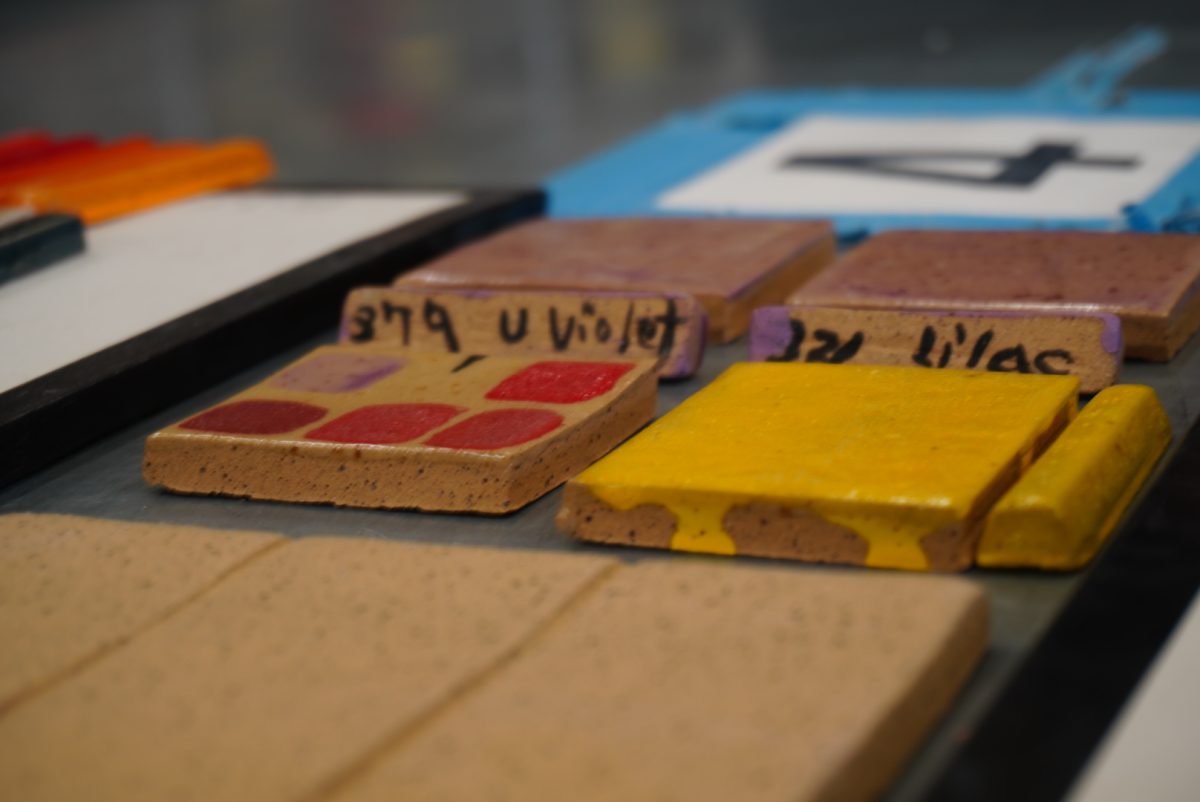
Iyoda described her own process as a collaborative effort. With the help of students, tiles are rolled and cut by hand before being dried, fired and glazed. Iyoda stressed that the tiles are not painted but instead embedded with color using chemicals, a contributing detail to the piece’s prominence on campus.
Planning of the project is expected to be completed by the end of the current fall semester while the final piece is to be installed at the West Fresno Center campus by Feb. 2026 in time for Black History Month.
